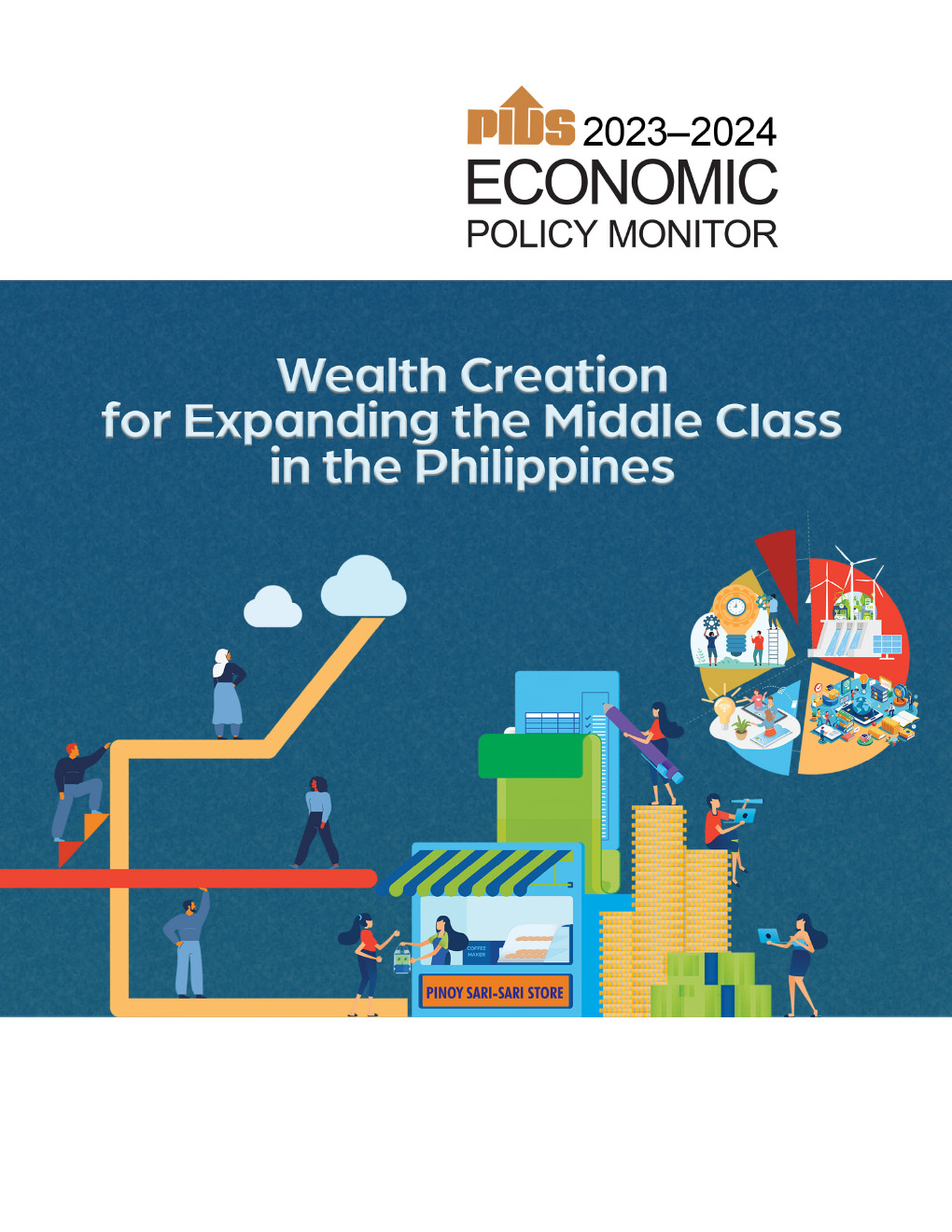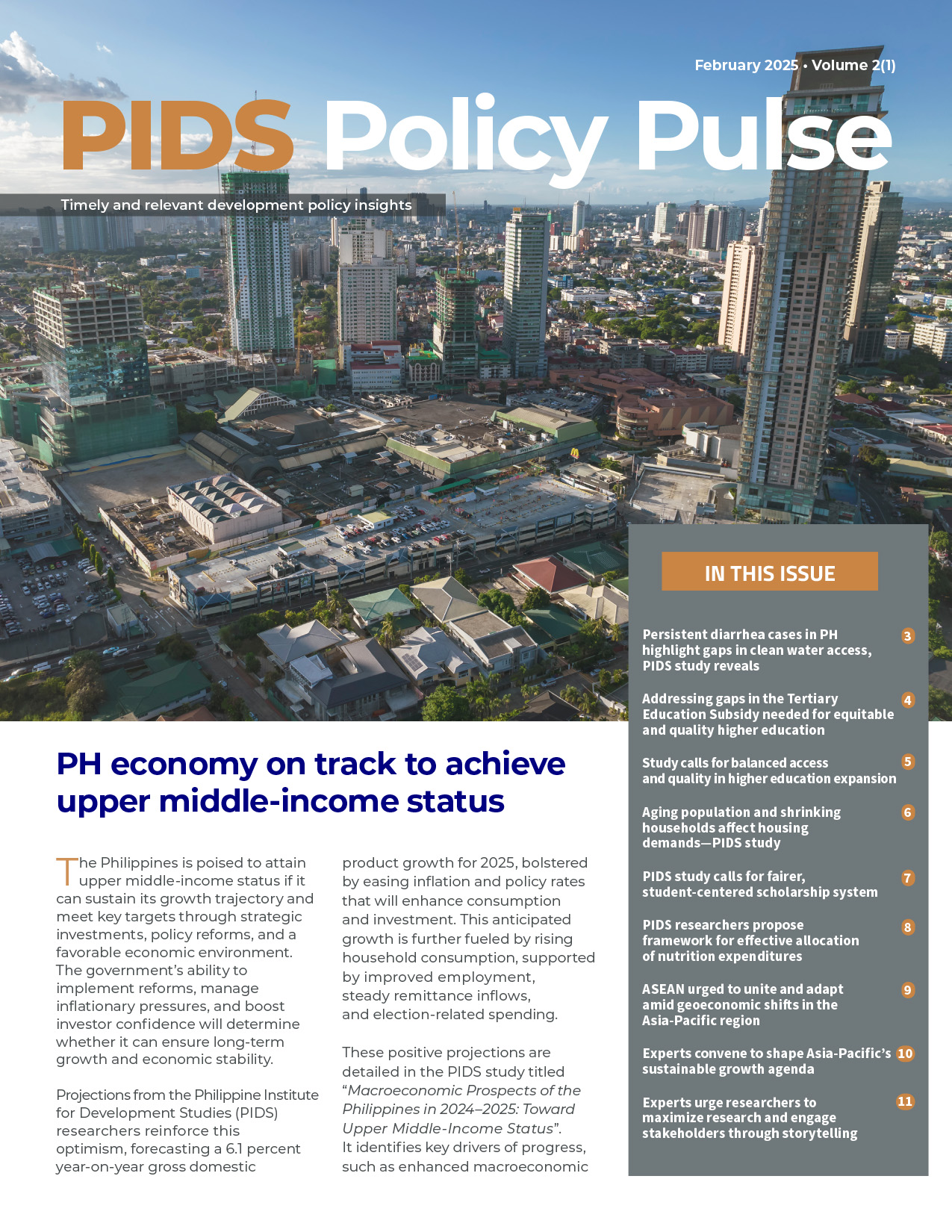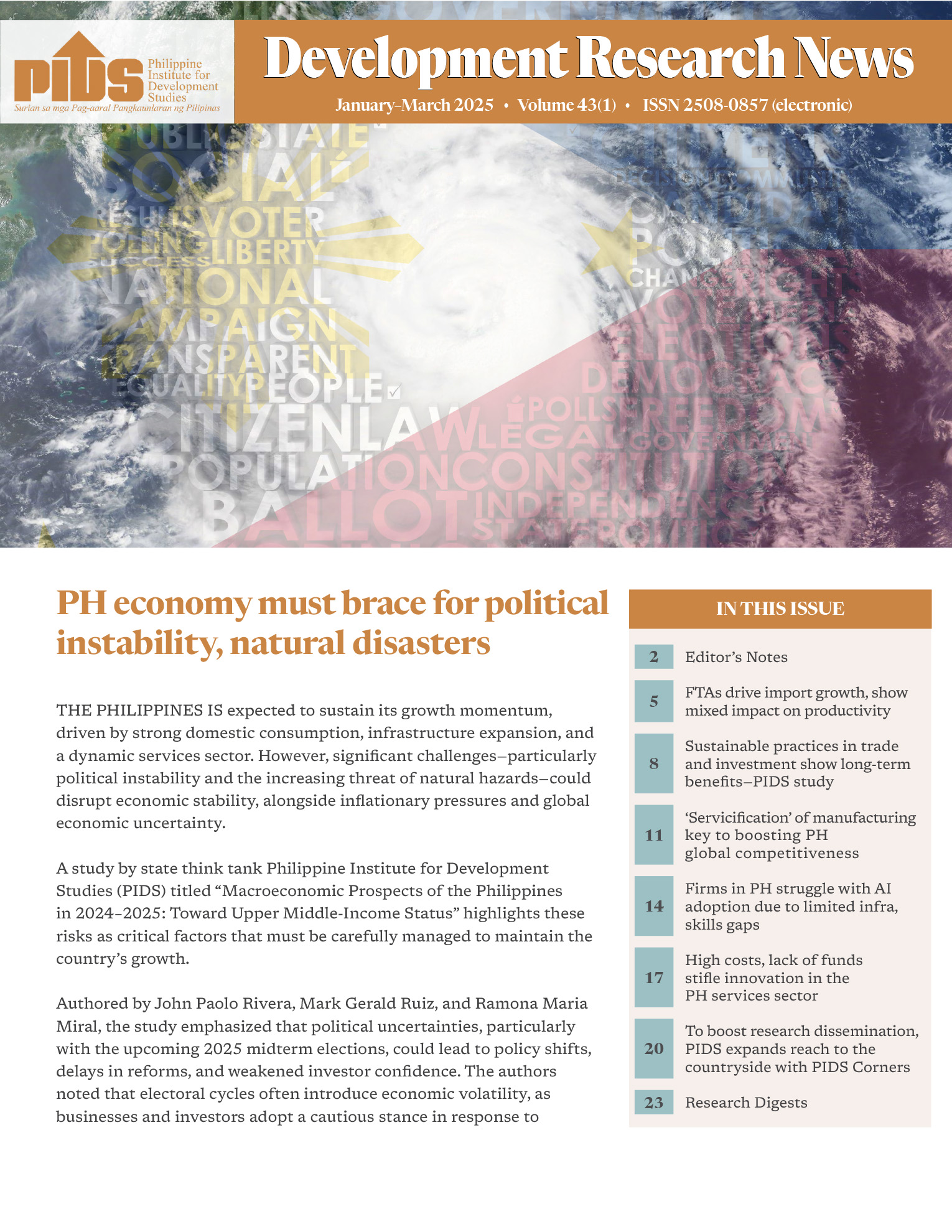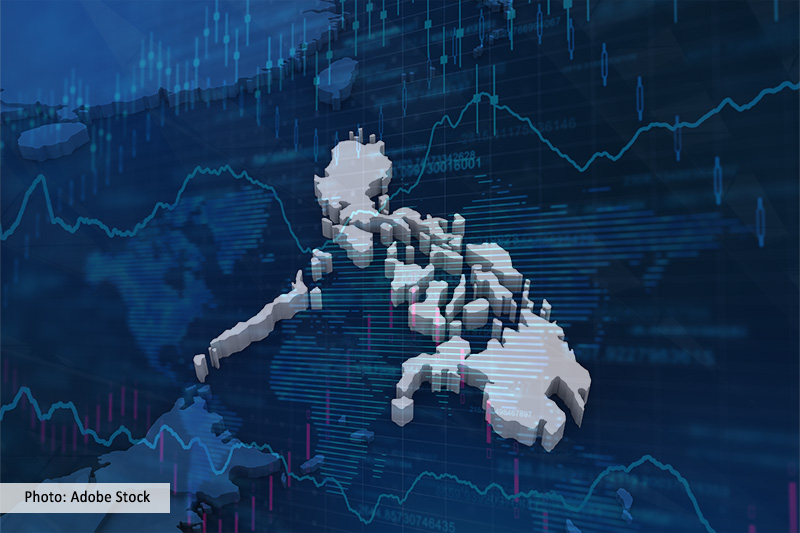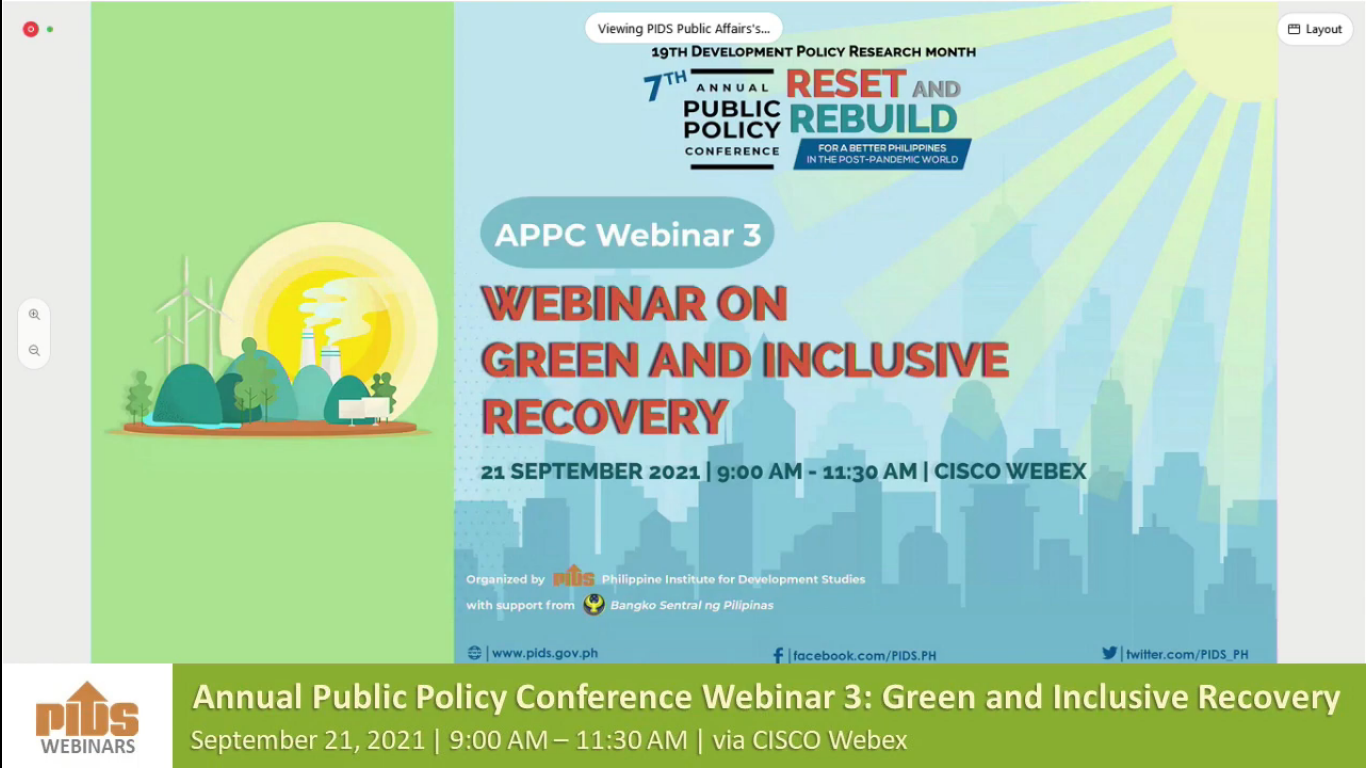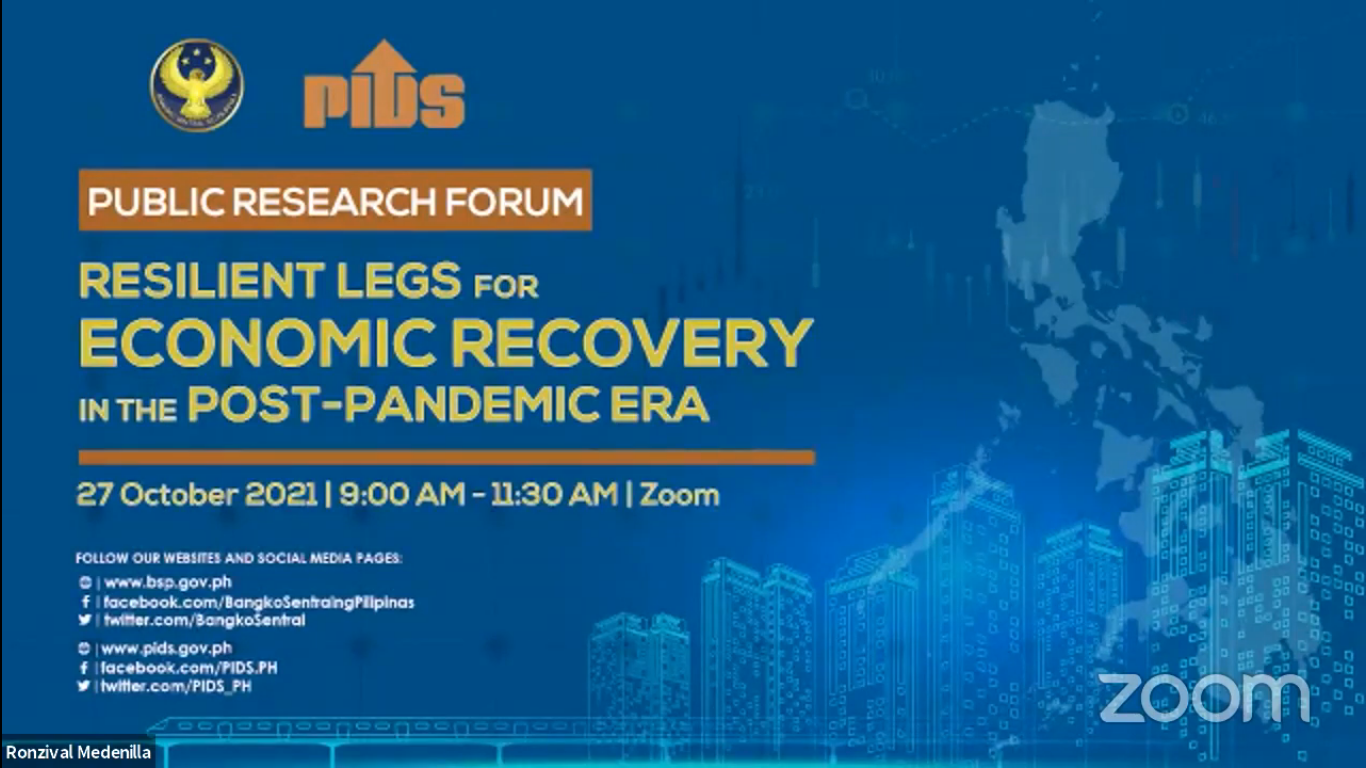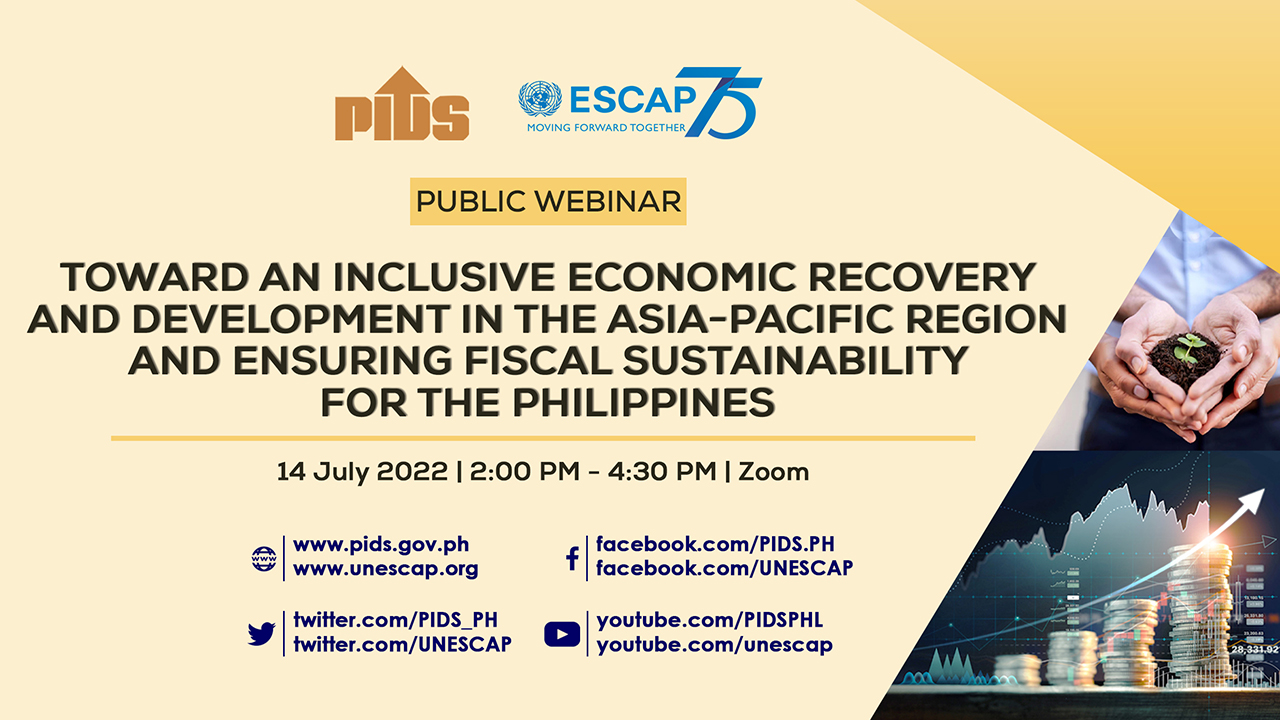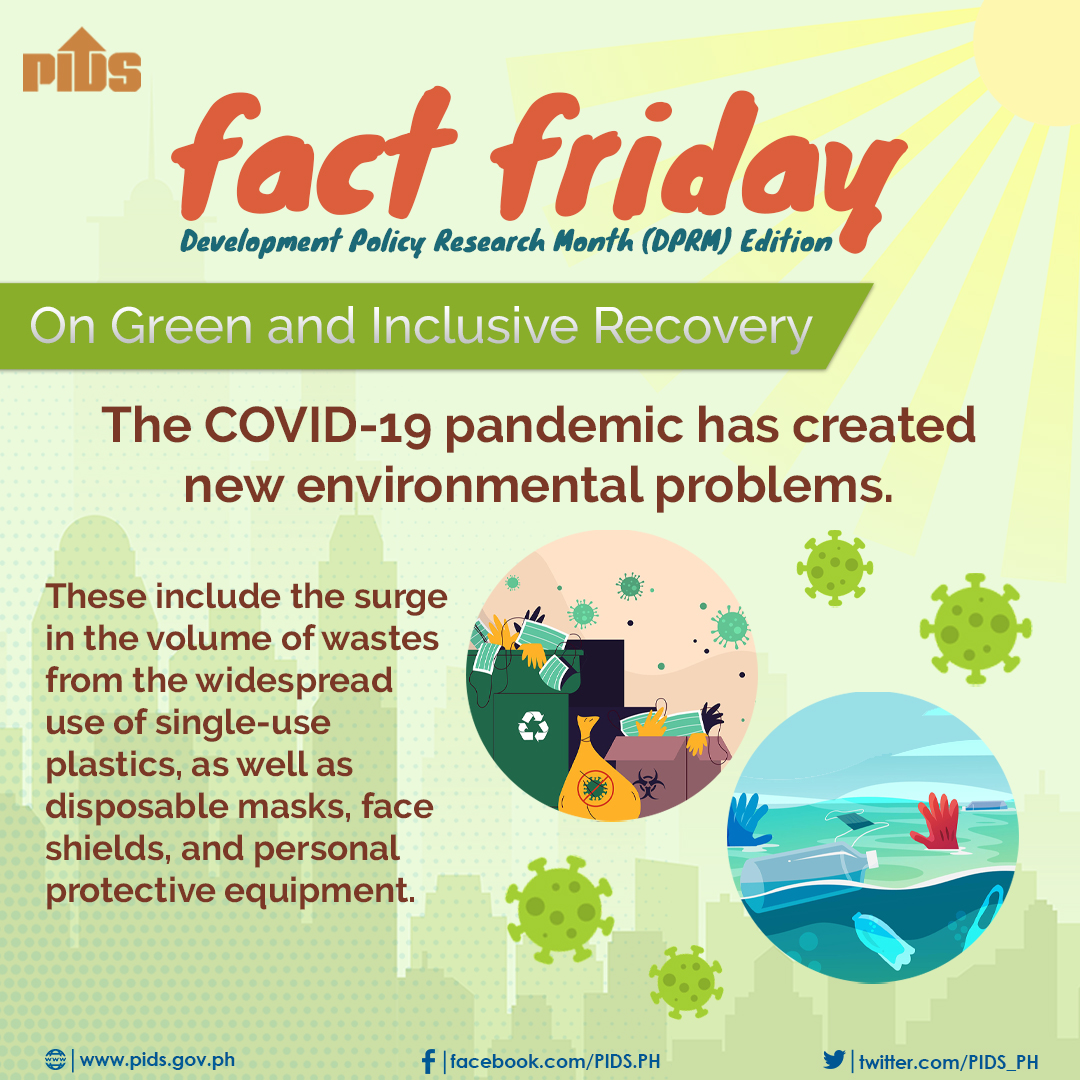Six years ago, Liliana Rojas-Suarez, senior fellow and director of the Latin American Initiative, researched and published for the Center for Global Development (CGD) an interesting study of emerging markets’ resilience to external shocks. She compared their performance in 2007, before the Global Financial Crisis (GFC), and seven years later in 2014 covering 21 countries.
Rojas-Suarez used as determinants of resilience such macroeconomic factors as, one, cost and availability of external financing (current account balance to GDP ratio, external debt to GDP ratio and short-term external debt to gross international reserves or GIR) and, two, ability to respond (overall fiscal balance to GDP ratio, government debt to GDP ratio, squared value of deviation of inflation from its announced target and presence of credit booms and busts).
Standardizing and normalizing through the use of means and standard deviations, Rojas-Suarez, “put the pieces together” by way of constructing an overall indicator of resilience.
The results were astonishing. In 2007, the Philippines ranked 7th behind Chile, China, South Korea, Indonesia, Peru, and Thailand. Seven years later in 2014, the Philippines bested all seven to top the list. Following us were South Korea, China, Chile, Thailand, Peru and Indonesia.
The research indicated the importance of macroeconomic conditions before the GFC.
Pursuing meaningful and timely policy and structural reforms is key. Without doubt, the Philippines was noted to have undertaken nearly 30 years of sustained reforms in monetary policy, banking, public finance, deregulation and liberalization of various economic sectors including water, telecommunication, oil and power.
As a result, we scored enormous improvements in the various metrics comprising the two dimensions of macroeconomic resilience. Two citations cannot be ignored. The country’s credit was upgraded by Moody’s due to its ability to reduce its public debt ratios and turn around its fiscal position. Special mention was also made of the monetary authorities’ success in hitting its inflation targets in the seven-year space of the study.
Rojas-Suarez was quick to clarify that her research “should not be interpreted as a prediction for macroeconomic disaster for a number of countries if a severe adverse external shock hits emerging markets.” That was a fair caveat. COVID-19 pandemic was a game changer, devastating most of the world’s economies. Resiliency among the most emerging markets became a rare commodity. Economies hollowed out and receded.
After seven years, CGD might likely update the ranking of the 21 emerging markets in 2021. The pandemic must have undermined all the 21 emerging markets’ performance in managing cost and availability of external financing in view of the huge allocations for their respective health sectors and their fiscal efforts to compensate for the pandemic’s impact on economic activities. Fiscal deficits rose and central banks realized monetary policy was ineffective in motivating credit and liquidity growth. As a result, public debt exposure has ballooned. Their ability to respond could have been impaired.
As the IMF described it, this health crisis is like no other.
Of great interest here is the possible scenario for the Philippines, 2014’s most resilient economy, the economy that was most likely to be the first to bounce back should a severe shock hit the emerging economies.
We find it useful to cite a few studies on the country’s handling of the pandemic and the corresponding economic scars they need to overcome to mount a quick and decisive recovery. As Philippine Institute for Development Studies’ (PIDS) Jose Ramon G. Albert (East Asia Forum, Dec. 23, 2020) summed it, “there is unanimous agreement that a successful economic recovery hinges on the proper management of the health crisis, which the government is still struggling to achieve.”
First, the IMF thought our response was too late and too little. “Although it imposed the longest and most stringent COVID-19 lockdown in the Asia-Pacific region, the delay in mass testing and dodgy contact tracing failed to contain the spread of the deadly coronavirus in the Philippines.” The Philippines was grouped with India and Indonesia as among those “still striving to flatten the pandemic curve.” The Fund also considered our fiscal response to be rather limited or insufficiently implemented.
Second, as we wrote last week, both the credit rating agencies, Fitch and Moody’s scored the country’s credit ratings as stable. “Cited as main bases for this rating action were the country’s modest government debt levels and still strong growth prospects amid the coronavirus crisis. Expectedly, Fitch recognized that the impact of the pandemic on growth was more significant than their initial projection. Infection rate was higher and public health policy response was deemed broadly inadequate.” Moody’s was similarly conditional.
Third, The Economist in December last year, based on Oxford Economics, Haver, and IMF statistics and modelling ranked the Philippines first in COVID-19 vulnerability. This means the health effects of the pandemic could persist longest and therefore the bounce back could be long and winding. Our vulnerability scores were high in GDP decline, joblessness, economic and financial imbalances and ability to offset pandemic impact.
The proper response therefore is not to push people out to spend and do business when a more infectious variant of coronavirus is now present and documented in the Philippines. That is simply addressing the mobility issue without rooting out the fear of getting the infection and failing to get sufficient and prompt healthcare. Having restricted public transport would not help.
Rather, the Duterte Administration, with one and a half years remaining, should find it imperative to quickly resolve the issues surrounding the sourcing, pricing, and administering the vaccines. Contradictory and insolent remarks from the authorities would not be helpful in accelerating the pace of pandemic mitigation especially when more than 50 countries have already started their vaccination programs. It’s commendable that barangays all over the country appear to be on their toes and are preparing their inoculation lists and venues for the nationwide vaccination program. It would be useful for the Department of the Interior and Local Government to check what other countries are doing. In Florida, for instance, they have set up tents to administer the vaccines to those driving in and another venue for those walking in. Senator Ralph Recto’s proposal for the “national government (to) allow local government and private businesses to buy COVID-19 vaccines for their own use” would definitely expedite the rollout.
By all means, we should not allow alleged attempts at making money through regulatory capture because if these are true, they could detract from the urgency of establishing herd immunity and ushering in economic recovery.
The legislature’s thrust, if we observe correctly, is to ensure that the efficacy, availability, and affordability aspects are above board regardless of the brand, as Senate President Vicente Sotto III recently emphasized. Senator Panfilo Lacson’s privilege speech should be faced head on. The Palace will promote greater transparency by not preventing the health authorities from appearing before Congress, explaining everything and helping put a closure to the issues. Time is not exactly on our side. More issues are out there.
As The Economist of Jan. 20 cautioned us, COVID-19 vaccination is a marathon, rather than a sprint.
It’s not just an issue of hurdling the distance between infection and injection. Some would get the jab if they are lucky but the rest would remain potential spreaders of the virus. The distance to cover is long enough for a new viral mutant to get transmitted and force another lockdown. Then we go a full circle of ensuring we have good testing, tracing, quarantining, and treating facilities because they could be overwhelmed by the sprinting new variant. In the first place, they are in short supply.
Most importantly, we also have to be informed as a civil society how the vaccines of whatever brand are potent enough to, one, vanquish the virus and reduce it from seriously to mildly infecting the vulnerable and, two, stop the transmission and help achieve herd immunity. With transparency, those reluctant souls will not settle for the usual health protocols. They would like the vaccines.
What happens next could be a nightmare. Everyone will demand that vaccines fit those two bills. Given our budgetary constraints, “who gets the jab when” becomes the overriding challenge. Success in addressing that challenge could make a difference between legacy and failure.
As the young poet Amanda Gorman during the Biden inauguration yesterday declared: “So while once we asked, ‘how could we possibly prevail over catastrophe?’ now we assert ‘how could catastrophe prevail over us?’”
Quick recovery as a measure of resiliency: ‘How could catastrophe prevail over us?’

